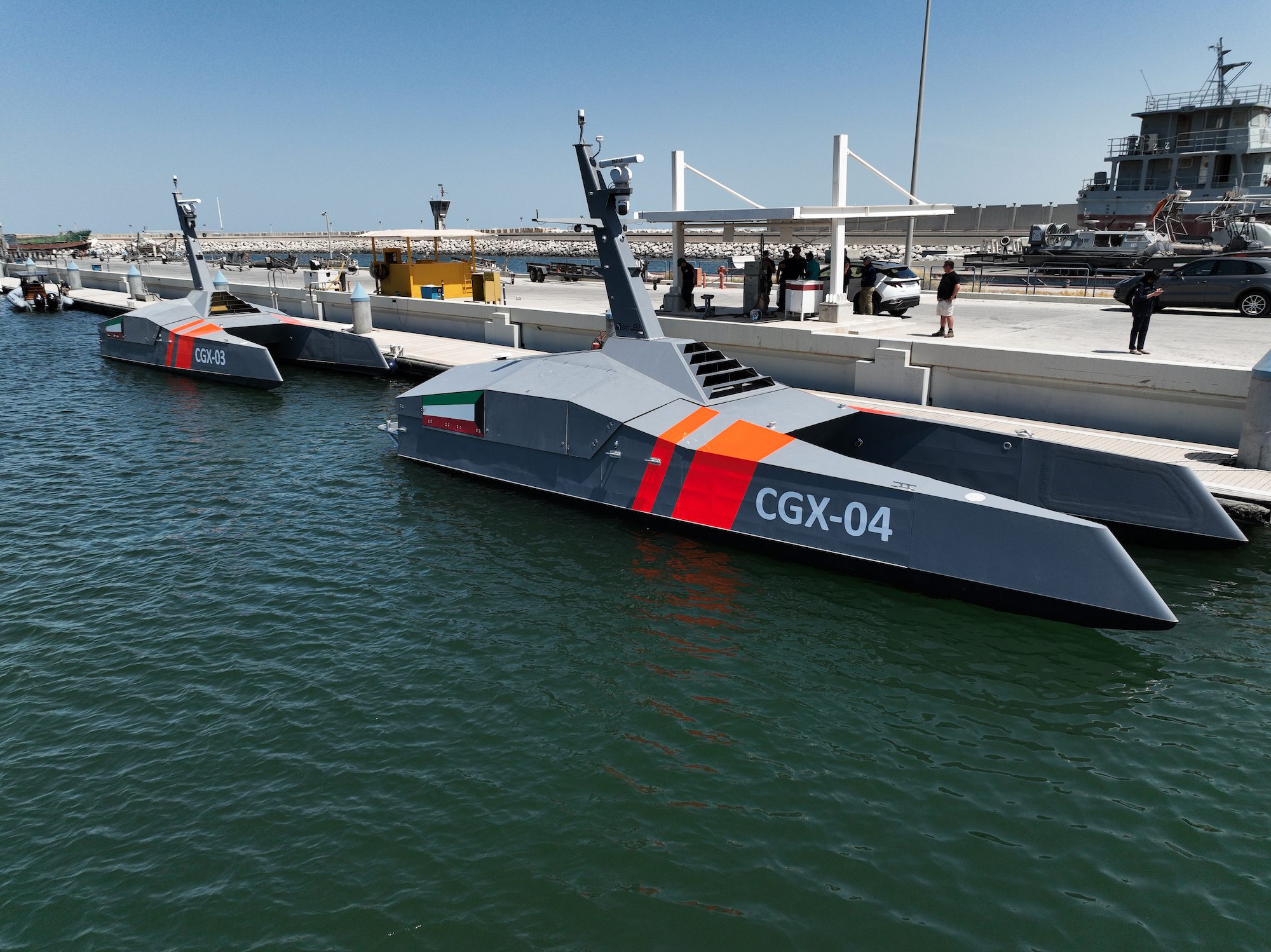The Coast Guard Cutter Polar Star, with 75,000 horsepower and its 13,500-ton weight, is guided by its crew to break through Antarctic ice en route to the National Science Foundation’s McMurdo Station, Jan. 15, 2017. U.S. Coast Guard Photo
The U.S. government’s $9.8 billion polar icebreaker program is facing risks across multiple key areas which still need to be address before resources are committed, the U.S. Government Accountability Office said in a report on the program.
To maintain heavy polar icebreaking capability, the Coast Guard and the Navy are collaborating to acquire up to three new heavy polar icebreakers through an integrated program office. The Navy plans to award a contract in 2019, with delivery of the first vessel planned in 2023.
After receiving DHS approval for the project in February, the Coast Guard issued a request for proposal (RFP) on March 2, 2018 calling for the advance procurement and detail design next-generation icebreaker, with options for detail design and construction for up to three heavy polar icebreakers.
However, according to the GAO review, upon release the Coast Guard did not have ‘a sound business case’ at that time, when it established the cost, schedule, and performance baselines for the acquisition program due to risks in areas design, technology, coast, and schedule.
Combined together, these risks could add to the program’s overall cost and delays, lengthening the potential gap in the United States’ icebreaking capabilities.
“GAO has found that before committing resources, successful acquisition programs begin with sound business cases, which include plans for a stable design, mature technologies, a reliable cost estimate, and a realistic schedule,” the GAO said in its report.
The United States’ operational polar icebreaking fleet currently consists of the USCG Polar Star, a 399-foot heavy icebreaker commissioned in 1976, and the 420-foot medium icebreaker USCGC Healy, commissioned in 2000. Polar Star is expected to remain in service through approximately 2020 to 2023.
As part of the report, the GAO has made six recommendations to the Coast Guard, DHS, and the Navy, which the DHS has concurred with. Among other things, GAO recommends that the program conduct a technology readiness assessment, re-evaluate its cost estimate and develop a schedule according to best practices, and update program baselines following a preliminary design review.
You can find the GAO report HERE.

 Join The Club
Join The Club











